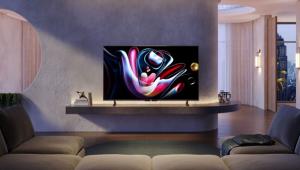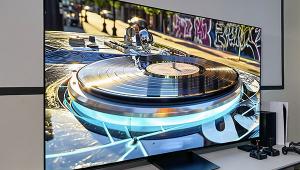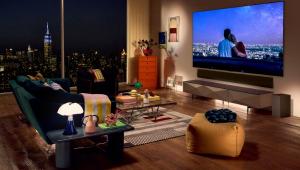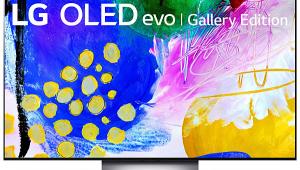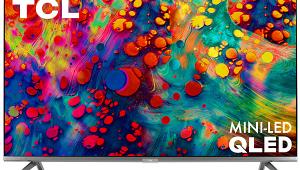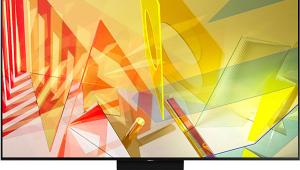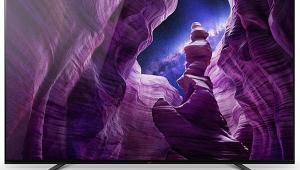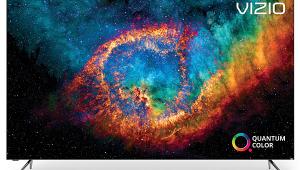Sony XBR-65X900A 3D LCD Ultra HDTV
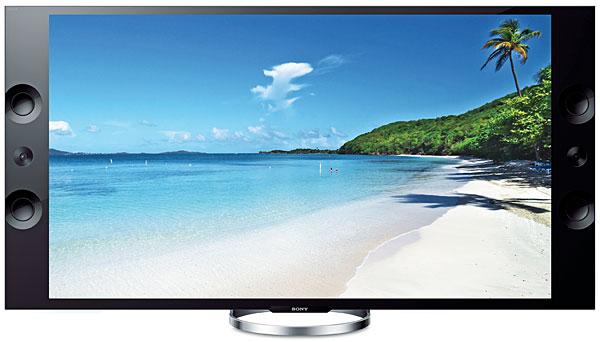
Price: $7,000
At A Glance: Four times the native resolution of standard HD • Advanced color technology • State-of-the-art 3D
With the introduction of its new 2013 XBR sets, Sony has shown that it’s serious about bringing Ultra HD, popularly referred to as 4K, to consumers at prices that, while still high, are less seizure-inducing than the $25,000 sticker on its 84-inch XBR-84X900 (Home Theater, June 2013).
Technically, 4K is shorthand for a resolution of 4096 x 2160 pixels—the professional 4K format. Consumer 4K sets, on the other hand, have a resolution of 3840 x 2160, exactly four times the pixel count of full HD 1080p. Regardless of the industry’s plan to refer to such sets as Ultra HD, 4K has already crept into the lexicon as the popular term for 3840 x 2160 home video.
Description
The XBR-65X900A is huge. Its extra width makes room for speakers on either side of the screen (and a “subwoofer” in
the back). At modest volumes, the sound is notably better than most flat-screen sets can manage, though a home theater audiophile will still prefer a good outboard audio system. As with the other flat-screen sets we’ve tested (and we only added this
test recently), if you connect a source with any form of DTS or Dolby Digital multichannel audio directly to an HDMI input, the Sony will only give you two-channel PCM audio at its TosLink optical digital audio output. This may be a concern if you plan to connect a multichannel powered soundbar to this output.
The Sony XBR has the usual dizzying range of adjustments. The only significant omission (as with other Sony sets) is a color management system (CMS) for fine-tuning the color gamut. But the fixed gamut (with the Live Color feature turned off) is reasonably accurate out of the box.
The Motionflow control engages Sony’s motion-smoothing circuits. Most of its selections employ frame interpolation. The Impulse setting uses dark frame insertion and worked the best of all the options, doing the least damage to the film look of movies. But it produced a dramatic loss of brightness. I left Motionflow off for all my tests and viewing.
Most of the XBR-65X900A’s other capabilities, including its Triluminos (quantum dot) color technology, are similar to those of Sony’s KDL-55W900A (Home Theater, July/August 2013). Check out that review (at HomeTheater.com) for more on this new XBR’s features.
One consideration in any possible purchase of an early 4K set (3840 x 2160) such as this one is that the new HDMI 2.0 standard is coming soon. Our current HDMI 1.4a/b standard is limited to 24p or 30p at 4K. HDMI 2.0 can handle far higher data rates, allowing for 2160p/60 and perhaps other enhancements as well. Whether or not we ever actually see 4K material at 2160p/60 is still an open question; 24p and 30p are currently sufficient for most of our requirements—24p for movies and 30p for most broadcast television (where it could be used in interlaced form as 2160i). The most likely application for 2160p/60 is gaming. But the added data in a 2160p/60 source will be enormous, demanding even more extreme and not yet proven levels of compression. Our understanding is that many of the new Ultra HD sets may not be upgradable to support the higher data rates, though Sony has assured us it has a solution planned for the XBR-65X900A.
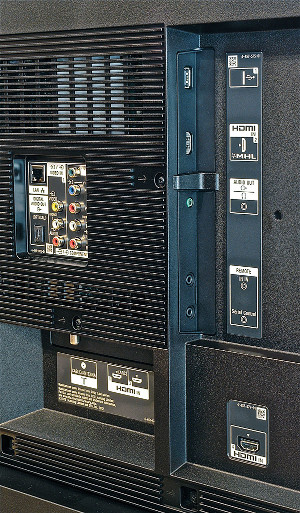
Performance: 2D From 1080-Line (2K) Sources
The Sony passed all of our HD upconversion tests (sourced from 1080i/p material) without a hitch. It also passed our 3:2 SD test
but failed both 2:2 SD (not an uncommon failing in the sets we’ve reviewed) and Motion Adaptive SD (MASD). The first is largely inconsequential; the second suggests less than optimal upconversion of 480-line sources, which won’t matter if you upscale DVDs with your HDMIconnected disc player.
The XBR-65X900A provided a gorgeous picture from quality 2K (1080i/p) sources. I did spot a trace of blue shift in some very dark material, but it was subtle and never bothersome. The picture was also crisply detailed, though no more so than from a good 2K set. In the settings I chose for the best subjective resolution (the Resolution control in the Reality Creation menu set to 8, Super Bit Mapping on) and all other sharpness/enhancement controls in their default positions), the Sony showed a trace of white-line enhancement on Sharpness test patterns when observed just inches from the screen. But the enhancement was invisible on most program material from my 8-foot viewing distance.
With Sony’s LED Dynamic Control (local dimming) in its Standard setting, the set achieved its best black level and shadow detail. With a full dark screen image, however, which often completely shuts off the LEDs, a single bright spot in the picture such as the pause bug on a Bluray player will light up a topto-bottom band on the screen in the same area as the bug. (The edge-dimming LED lighting is located at the top and bottom.) To put this into perspective, however, the increase in the black level in that area goes from unmeasurable with nothing on the screen to barely measurable (0.001 foot-lamberts) and is rarely noticeable on real program material. When a full black screen is visible as a dark gray, the black uniformity is good—a shade lighter at the sides than in the center, but with no visible streaking or “flashlighting.” White uniformity was also respectable, though in a field of pure white or solid areas of light color, such as a clear blue sky, you might see areas with a barely visible magenta tint if you stare long enough. This is common to all the LCD sets we’ve tested.

With the Backlight and Picture (Contrast) controls set to maximum, the Sony’s 2D peak white output was nearly 70 ft-L. When I instinctively dialed this back to the 30 to 32 ft-L I prefer for viewing movies in a dark or dimly lit room, dark scenes looked rather bland and grayish. But when I turned the Advanced Contrast Enhancer to Medium, and increased the peak brightness level to roughly 40 ft-L (a Backlight setting of 7 and a Picture setting of 86 on our sample), the Sony’s subjective black level and shadow detail improved dramatically. While still not quite offering state-of-theart blacks and shadow detail, the XBR now delivered believably rich, deep, detailed, and satisfyingly saturated images on all but the most crushingly difficult, near-black scenes.
Mastered in 4K?
Sony has recently released a number of “Mastered in 4K” discs designed to take advantage of the increased resolution and wider color range of its new 4K sets while we wait for a wider selection of genuine 4K sources. The XBR-65X900A also has a control in the Reality Creation menu designed to mirror the downconversion Sony used to author its 4K masters onto 2K Blu-rays. While this can’t re-create the true resolution of those 4K studio master files, it just might wring out the best this set can do with a 1080p source.



